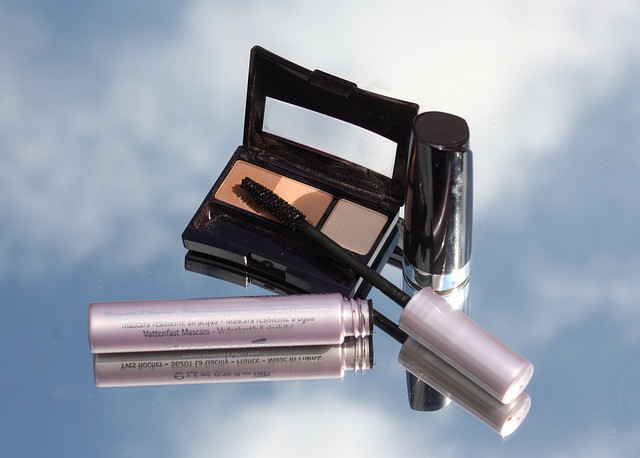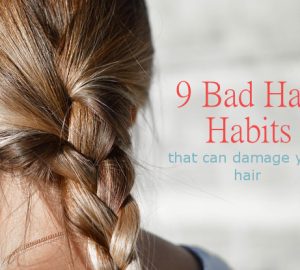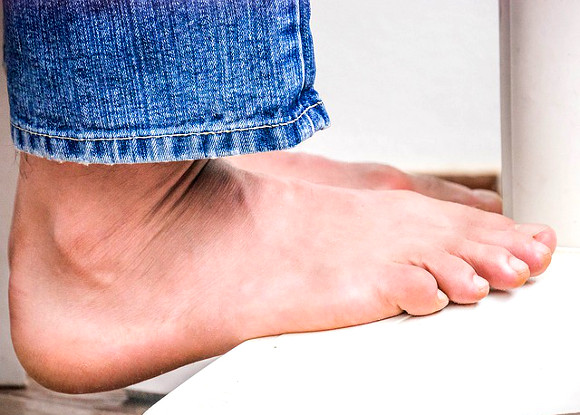Most of us have makeup cases filled with makeup that we rarely or never use, but we keep it until we find an opportunity to use it. In the meantime. But sometimes the makeup goes bad, and yet many of us don’t notice it. Also it’s wrong to think that makeup that you don’t open is good to use regardless of it’s shelf life or if you store your makeup properly it may last forever. All makeup can spoil, some because it has spent a lot of time on the shelf, others because they’ve been open for a long time, and the third due to improper use and storage in inappropriate places.
Moreover, dust, dirt and bacteria from our hands and our environment can easily be found on our makeup, applicators and brushes. They can cause acne, redness, pain, infections of the eyes etc.
To avoid all this and reduce the risk of problems associated with using old makeup, you should use your makeup safely and learn this make-up safety tips:

Use your makeup safely – Make-Up safety tips
Make-up safety tip #1: Don’t apply your makeup in motion
Almost to every woman has applied makeup while riding in a vehicle (car, bus etc), but it’s a huge mistake. Not only you can completely destroy your makeup as a result of a sudden move, but you could also be dealing with injury. One of the most common injury is scratching your eye with a mascara spoolie brush or poking your eye with an eye pencil. So if you use an eye pencil while you’re moving, you might cause yourself a serious injury.
Make-up safety tip #2: Don’t let anyone else to use your makeup
You can probably allow your friends to use the bronzer or the blush with a clean brush that you won’t use afterward, but don’t allow them to use your mascara, eye pencil or lipstick. Also, be reasonable and never use another person’s makeup, to avoid getting some infection or irritation.
Make-up safety tip #3: Don’t apply unsharpened eye pencil
If your eye pencil is sharp, you’ll avoid scratching your eyes with the wood, and you’ll apply the eye pencil more accurately. Eye and lip pencils can collect bacteria that you can easily remove if you regularly sharpen them. Pencils last more than a year, but if you use it regularly, it is desirable to sharp them at least once a week.
Make-up safety tip #4: If you have an eye infection, don’t use makeup
If you have an eye infection, don’t use makeup because you can exacerbate the situation. Throw the makeup (mascara, eye pencil, eye liner etc.) that you used when you first noticed eye redness or other symptoms. If you use the same makeup after your eye has healed, you may once again cause an eye infection.
Make-up safety tip #5: If you had herpes, throw the lipstick or lip gloss
If you had herpes on your mouth, make sure that you throw the lipstick, lip balm or lip gloss that you used while you had the herpes. Even though this doesn’t mean that the virus is gone, but you’ll at least get rid of the bacteria and dirt so you won’t risk re-appearance of the unpleasant blisters on the mouth.
Make-up safety tip #6: Don’t use old applicators for new makeup
If you start using a new set of makeup and you use old applicators and unwashed brushes, then you haven’t done much to protect yourself from germs. Bacteria from the old applicators will easily to pass on the new makeup. So, do yourself a favor and throw the old applicators and worn out brushes along with the old makeup.
Make-up safety tip #7: Clean your makeup brushes
Makeup brushes absorb oils and bacteria and if you don’t clean them regularly the germs will go back on your face. It is therefore mandatory to clean your brushes regularly. Clean your lip brushes immediately after you use them. If you use a powder brush with natural hairs, then wash it at least once a week with baby shampoo. If your brush is with synthetic hairs, wash it at least 2 times a week.
Make-up safety tip #8: Don’t try makeup testers on your face
Especially in big stores the makeup testers are touched by everyone and they are full of bacteria and impurities. If the store doesn’t have a disposable makeup tester for just one use, test the makeup product on your hand.
Make-up safety tip #9: Place your contact lenses before applying makeup
If you use contact lenses, always put them before you start applying makeup and always remove them before you start to remove your makeup.
Make-up safety tip #10: Don’t go to bed with makeup
Sleeping with makeup allows dirt, bacteria and fat to get into your eyes. It can also clog your pores, and can cause inflammation, infection and acne. Therefore, use a makeup remover to gently remove your makeup before going to bed. Be careful not to rub your eyes too much.
Make-up safety tip #11: Keep your makeup nicely sealed in a dry and cool place
Sunlight and heat can rapidly destroy your makeup. Keep your makeup sealed nicely and don’t let the dirt and bacteria to get in them or on them. Never let your eye or lip pencil to stay open without the cap.
When it’s time to discard your makeup?
Just like food, makeup has a shelf life. Some cosmetic products (like face powder) last longer and they aren’t a good environment for the germs, but other makeup (like liquid eyeliner and mascara) shouldn’t be used for a long time.
You should see the expiring date written on the packaging before buying makeup, and when the shelf life has expired you should throw your makeup.
Guide to makeup shelf life:
Mascara – 3 months (some experts recommend that mascara should be discarded after 6 months, but most of them agree that it is best to use it only for 3 months).
Liquid eyeliner – up to 6 months.
Liquid and powder concealer – from 6 to 12 months.
Cream blush and cream eye shadows – from 6 to 12 months.
Powder blush and eye shadow (powder) – 1 year.
Lipstick – 1 year.
Eye or lip pencil – up to 2 years.
Mineral powder – 2 years.
It is time to discard the makeup if you notice:
- Visible mold.
- Change in the texture of the product.
- Change of smell.



